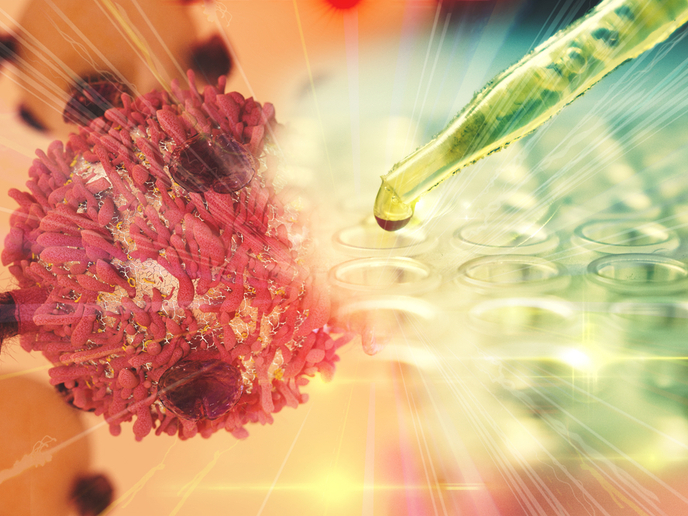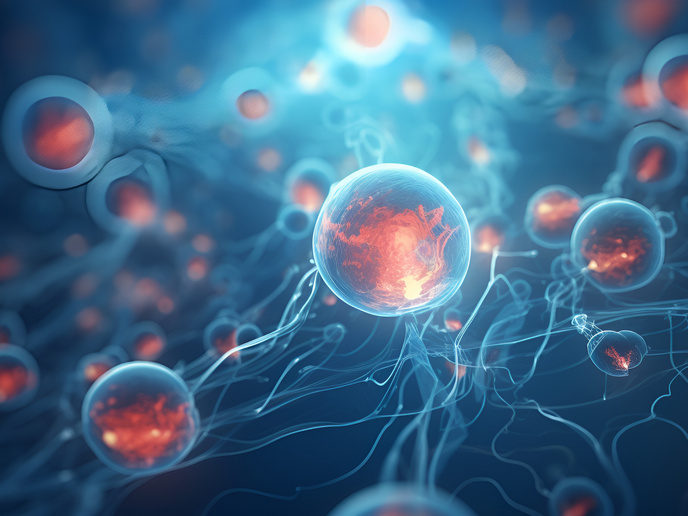Regulation of the stem cell microenvironment
Tissue homeostasis and repair is driven by a small population of adult tissue-specific stem cells. These cells have the unique capacity to renew themselves but also to divide asymmetrically, giving rise to more specialised, differentiated cells. The choice between self-renewal and differentiation is governed by a complex molecular interplay that essentially regulates gene transcription. In this context, scientists on the EU-funded 'Post-transcriptional regulation of germline stem cells (GSCs) maintenance' (GSCS MAINTENANCE) project set out to study how regulation is achieved in germline stem cells (GSCs). The primary objective was to unravel which RNA regulation networks are essential for maintaining the GSC pool. Previous work by the consortium had identified the let-7 post-transcriptional microRNA (miRNA) molecule to be a major regulator of niche ageing. This work had helped scientists elucidate how miRNA molecules are linked to the declined stem cells' capability in males. In the GSCS MAINTENANCE study, researchers again used the fruit fly Drosophila melanogaster as the model organism to study post-transcriptional regulation in testis GSCs. This is a well-defined system for studying stem cells as the microenvironment has been fully characterised. During the project they generated a number of transgenic lines and characterised their phenotypes. They also developed a unique method to analyse the transcriptome and the levels of miRNA in GSCs and the niche. miRNA expression was also evaluated in vivo with a specialised sensor assay. Their results indicated that the stem cell microenvironment employs a unique cell survival mechanism by overexpressing the bantam miRNA molecule. Deletion of this molecule leads to stem cell death and sterility, underscoring the importance of the microenvironment in GSC maintenance and turnover. Given that miRNAs are conserved evolutionarily, the findings of this study should significantly enhance our understanding of tissue homeostasis regulation in other species as well.







